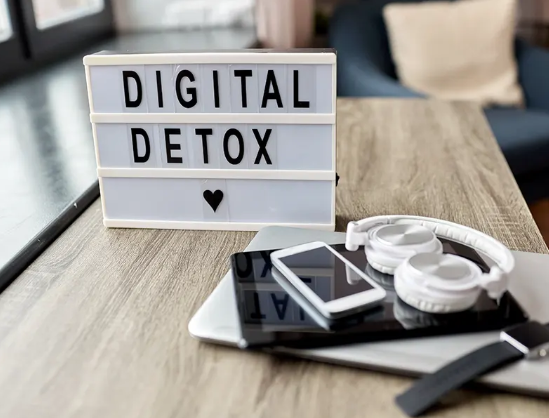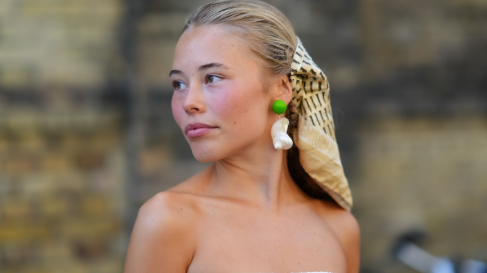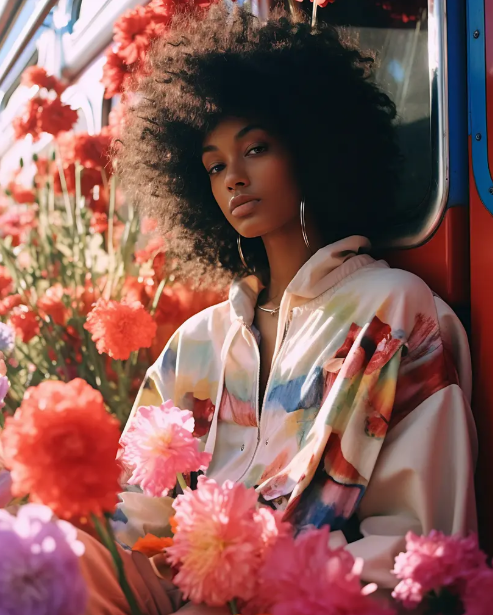In recent years, “clean beauty” has gone from a niche trend to a powerful movement, sparking conversations about transparency, safety, and sustainability in the products we put on our skin. But with terms like “natural,” “organic,” “non-toxic,” and “green” flooding the market, it’s easy to feel overwhelmed—or even misled.
For women who care deeply about what goes into their beauty routines, understanding clean beauty is about more than buzzwords. It’s about making informed choices that align with your health, values, and lifestyle—without falling for marketing fluff.

1. What Does “Clean Beauty” Really Mean?
Unlike regulated terms like “organic” (which must meet specific agricultural standards), “clean beauty” has no universal legal definition. Broadly, it refers to products made without ingredients known or suspected to be harmful to human health. This often includes avoiding parabens, sulfates, phthalates, synthetic fragrances, and certain preservatives.
Clean beauty focuses on safety over purity—not all synthetic ingredients are bad, and not all natural ones are good. The goal is to use ingredients that are proven to be safe and effective, whether they’re derived from plants or created in a lab.
2. Decoding Labels: What to Look For
Reading beauty labels can feel like decoding a secret language. Look for third-party certifications that signal a product meets certain clean or ethical standards:
- EWG Verified means the Environmental Working Group has reviewed the formula for safety.
- Leaping Bunny or Cruelty-Free ensures the product wasn’t tested on animals.
- USDA Organic (for some skincare) verifies the use of certified organic ingredients.
- Fragrance-Free is often safer than “unscented,” which can still contain masking chemicals.
Also, be wary of vague terms like “non-toxic” or “chemical-free”—everything is technically made of chemicals, so these phrases often serve more as marketing than science.

3. Your Skin, Your Standards
Clean beauty isn’t one-size-fits-all. Some women may want to avoid synthetic fragrances due to sensitive skin or allergies, while others may prioritize sustainability or ethical sourcing over ingredients. It’s okay to set your own boundaries and decide what “clean” means for you.
Start by identifying your skin’s needs and sensitivities. Patch testing new products, researching ingredients, and using fewer—but more targeted—products can help you build a routine that’s both safe and effective. And remember: just because something is labeled “clean” doesn’t mean it will work for every skin type.

4. Sustainable Choices Go Hand-in-Hand
Clean beauty often intersects with eco-conscious living. Many brands now offer refillable packaging, use biodegradable ingredients, or commit to plastic-free shipping. If sustainability is part of your beauty philosophy, look for brands that prioritize low-waste production and ethical sourcing alongside clean formulations.
Supporting small, women-owned, or BIPOC-led clean beauty brands also allows you to align your purchases with your values and make a more meaningful impact.
Final Thoughts
Clean beauty is about empowerment through education. By looking beyond labels and understanding what’s actually in your products, you can build a routine that’s safe, aligned with your values, and uniquely suited to your skin. Because when you feel good about what you’re putting on your body, that confidence shines through.
Disclaimer: The information provided in this article is for educational and informational purposes only and is not intended as a substitute for professional medical advice, diagnosis, or treatment.

















